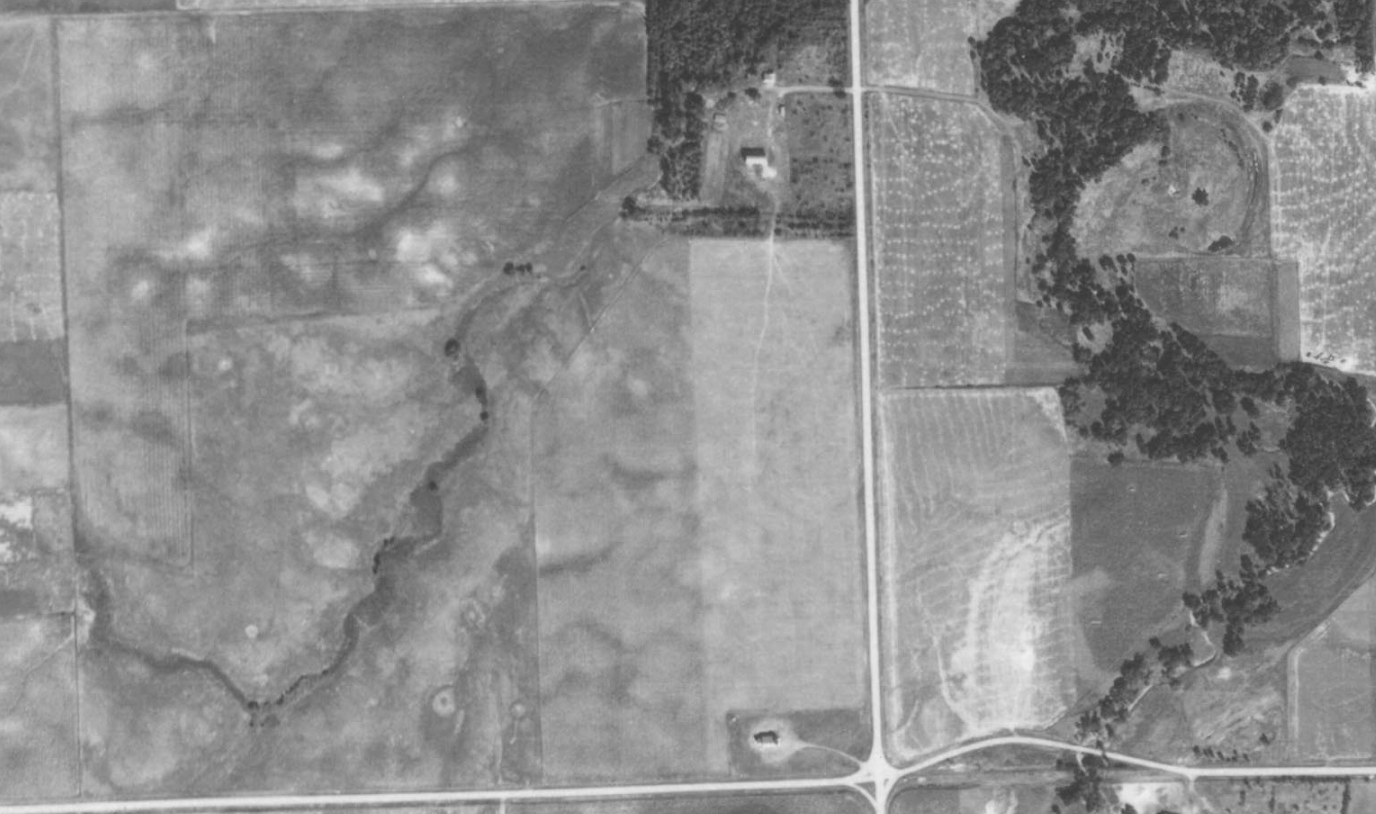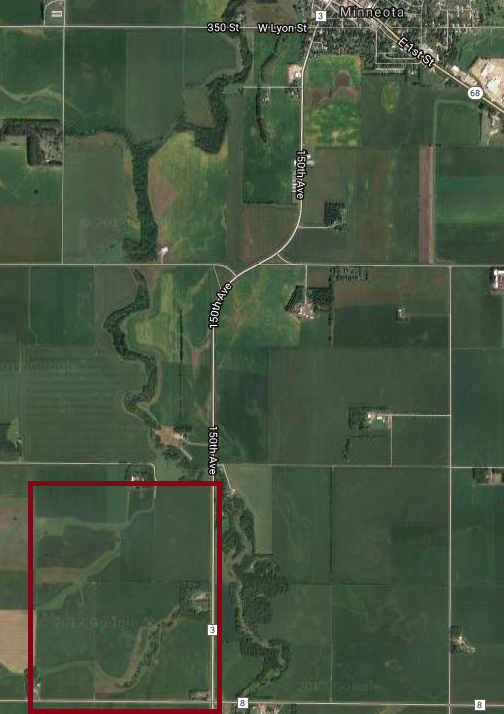William Lovekin, long-deceased and itinerant Midwestern golf professional, built himself a solid résumé: accomplished player, longtime teacher and one-time (at least) course designer.
It also was said of Lovekin that he was well-schooled on golf club design. I have little doubt that’s true. In that regard, however, I would submit he can’t be considered a visionary.
Asterisk: small sample size.
The name of W.R. (William) Lovekin, better known as “Bim,” is referenced in many old publications, and even a handful of modern ones. But the only one that I know of that reveals Lovekin’s character in any depth appeared in the May 14, 1932, edition of the Minneapolis Tribune. Keep in mind that Lovekin designed and built golf clubs with hickory shafts:
“There is a steady return to wooden-shafted irons throughout the country if Bim Lovekin, popular professional at Golden Valley, knows his clubs and golf, and he has a reputation for both,” the Tribune story began. “During the first Minneapolis league match last Wednesday at Golden Valley, Bim discoursed at length on the movement back to the hickory.
” ‘It is significant and pertinent to note that both Walter Hagen and Horton Smith have returned to wooden-shafted irons and are pushing them,’ offered Lovekin. ‘It is also to be observed that fully 60 per cent of the outstanding players throughout the country have been going the same way.
” ‘The general opinion is that irons with iron shafts were pretty much of a fad, but they have outlived much of their usefulness. …’ ”
Bim wasn’t exactly prescient on this one. Hickory-shafted irons (yes, an oxymoron, like metal woods) went the way of the horseless carriage, while steel became the shaft of choice.
The effort here is not to tarnish Bim Lovekin’s reputation, for we all have at some point supported bass-ackward notions, haven’t we? The anecdote is offered only as a small window into golf’s past.
Back to Bim Lovekin. Nine months prior, he had ventured 155 miles west of Golden Valley to Minneota, a Lyon County city of just over 900 residents, some of whom were expressing an interest in organizing a golf club and building a golf course.
Minneota Golf Club was established in late July 1931, with the Minneota Mascot reporting on July 31 of that year that the group, with Dr. R.J. Lundgren as president, was set to begin work on a 55-acre plot three miles south of downtown. The land, just west of the Hemnes church, was owned by Hans Teigland, where, according to the Mascot, “a very sporty course can be laid out there without much trouble.”
That’s where Lovekin came in. He surveyed Teigland’s property and laid out nine holes covering 2,767 yards, with a par of 35.
He also agreed with, or maybe even fostered, the Mascot’s assessment of the new golf course.
” ‘It is a mighty sporty course,’ Mr. Lovekin said, ‘and it’s one where good shots will be rewarded and bad ones penalized. There are natural hazards in abundance, and it’s a course you won’t get tired of playing.’ ”


It’s worth noting that Lovekin likely had a handle on what constituted a good golf course. He had played around the Midwest, and the Golden Valley Golf and Country Club that employed him had its course designed by famed course architect A.W. Tillinghast.
The first tee at Minneota Golf Club was at the southeastern edge of the course, where players embarked on a 452-yard par 5. The course also included six par 4s, ranging in length from 285 to 440 yards, and two par 3s of 150 and 155 yards.
The course featured willow trees, hills and four crossings of a ravine. Three of the holes were doglegs. “Those who traversed the course predict that a lot of balls are likely to be lost through the fence when short-cuts are attempted,” the Mascot reported.
Charter members of Minneota Golf Club paid dues of $10. The Mascot reported by way of comparison that Lovekin’s Golden Valley club charged dues of $110 and an annual membership fee of $400.
At Minneota Golf Club’s outset, no greens fees were charged. “Expenses are being kept to the minimum in launching the course here,” the Mascot reported, “and the intention is that people who have not played golf before be given an opportunity to do so at no cost whatever in order to stimulate interest in the game. An ideal course can be arranged within the next few years, but for a ‘starter’ only the simplest of preparations will be under taken.”
Minneota Golf Club did not last forever. My best guess is that, like three other lost courses in Lyon County — at Russell, Cottonwood and Tracy — it was abandoned by the early 1940s, which would match the timeline for many other lost courses in southwestern Minnesota. A 1932 Minneapolis Tribune ad from Minneota GC solicited purchase of a mower. An April 1936 entry in the Minneota Mascot referenced the club, with Dr. C.E. Eastwood as president and Carl Strand as secretary. I found no later references to the club. Golf in Minneota reappeared in 1964 with the opening of Countryside Golf Club, on the western edge of the city.
More of Lovekin’s story deserves to be told. The native Scotsman’s bio included stops at no fewer than eight clubs: Rockford, Ill. (1906), Woodmont of Milwaukee (1907-14), Fox River of Green Bay, Wis. (1921-26), Ozaukee of Milwaukee (1925), Golden Valley (1928-36), Montevideo (1937-38), New Ulm (1939) and Worthington, where he was employed until his death in 1952.
Lovekin had the unusual distinction of playing in two U.S. Opens 24 years apart — in 1906 and 1930 — and won the 1922 Wisconsin State Open. A 1972 column in the Argus-Leader of Sioux Falls, S.D., reported that Lovekin had been among the professionals at Worthington who had worked with an up-and-coming player named Joel Goldstrand, who would matriculate to the University of Houston, then the PGA Tour, then a career as Minnesota’s most prolific golf course designer, with around 50 courses to his credit, most of them in Minnesota.
Lovekin, meanwhile, was credited with having designed 18 other courses as of the 1931 Mascot story. I haven’t run across any other mentions of courses he designed, but regardless, he did leave a mark on the state’s golf history.
Latest posts by Joe Bissen (see all)
- Another lost routing: Hilltop, Columbia Heights - June 19, 2024
- Two lost routes: First, Antlers Park - June 17, 2024
- Tree trouble and townball: Naeseth Country Club, Wanamingo - May 6, 2024
